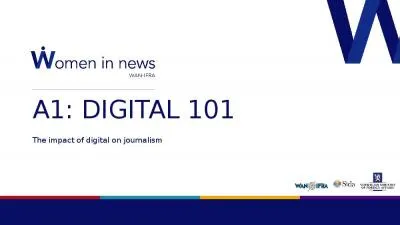PDF-Impact of smart phone on digital dexterity and audio visual reaction time in teens
Author : giovanna-bartolotta | Published Date : 2017-04-09
IJBAP Vol 1 1 2012 Page 155 Impact Of Smart phones On Digital Dexterity And Audiovisual Reaction Time In Teens Smita PGhate Sunanda NKirtikar Dept of Physiology
Presentation Embed Code
Download Presentation
Download Presentation The PPT/PDF document "Impact of smart phone on digital dexteri..." is the property of its rightful owner. Permission is granted to download and print the materials on this website for personal, non-commercial use only, and to display it on your personal computer provided you do not modify the materials and that you retain all copyright notices contained in the materials. By downloading content from our website, you accept the terms of this agreement.
Impact of smart phone on digital dexterity and audio visual reaction time in teens: Transcript
Download Rules Of Document
"Impact of smart phone on digital dexterity and audio visual reaction time in teens"The content belongs to its owner. You may download and print it for personal use, without modification, and keep all copyright notices. By downloading, you agree to these terms.
Related Documents

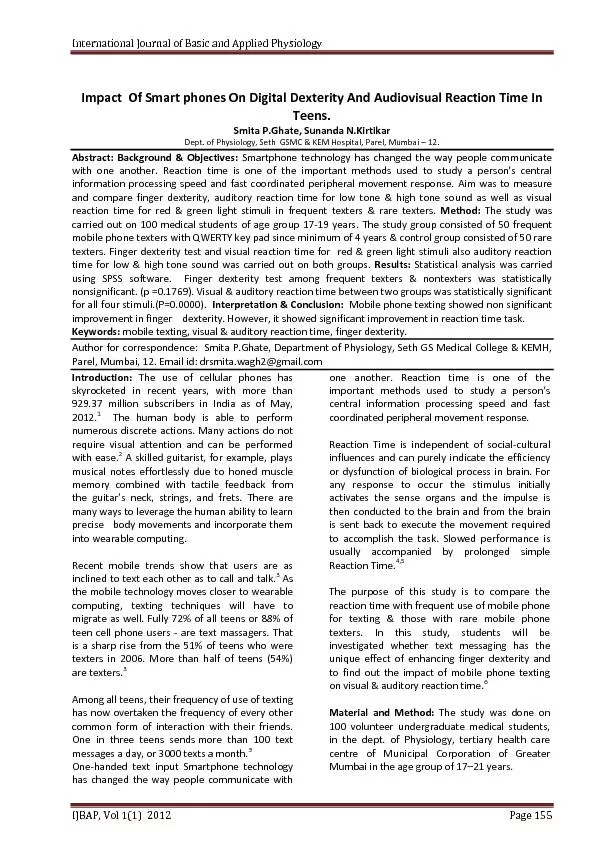

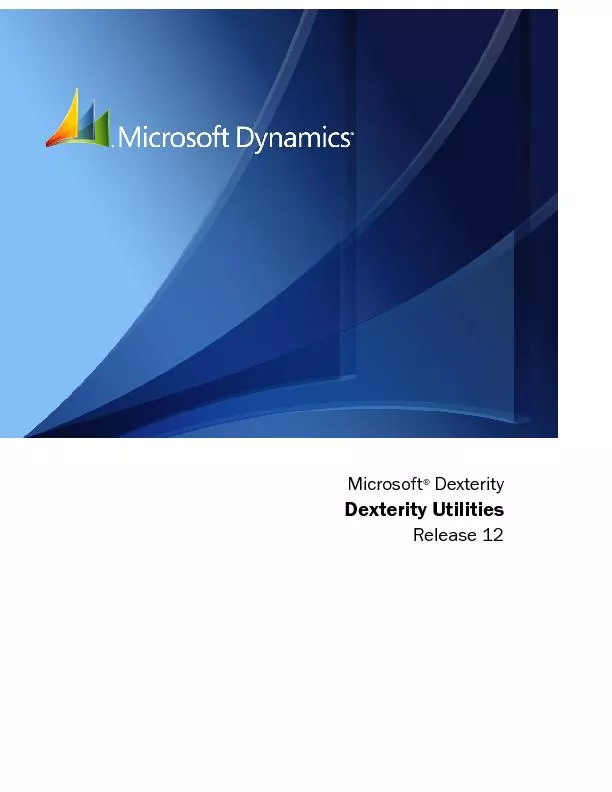
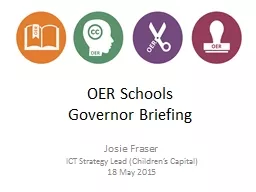
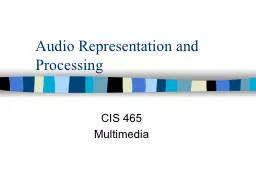
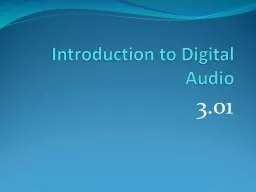

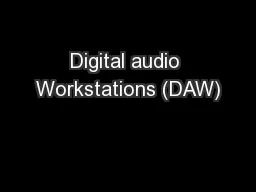

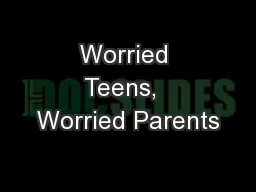
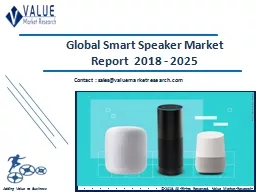

![[PDF READ ONLINE] What They Don\'t Teach Teens: Life Safety Skills for Teens and the Adults](https://thumbs.docslides.com/1020281/pdf-read-online-what-they-don-t-teach-teens-life-safety-skills-for-teens-and-the-adults-who.jpg)
